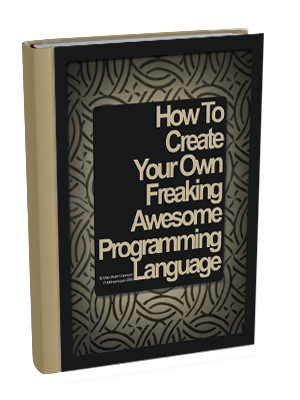In this article, we offer actionable insights gleaned from Chenell’s experience. Whether you’re a creator, a small business owner, or just someone looking to grow an authentic online audience, Chenell’s story offers tips and perspectives to build her thriving community.
Meet Chenell Basilio, a savvy creator who stumbled upon the power of newsletters almost by accident. Starting with a simple curiosity about how others were successfully growing their email lists, Chenell embarked on a journey of research and discovery with Growth in Reverse. Eight months later, she boasts an impressive following of over 20,000 subscribers who eagerly await her weekly deep-dive newsletters.
In this article, we offer actionable insights gleaned from Chenell's experience. Whether you're a creator, a small business owner, or just someone looking to grow an authentic online audience, Chenell’s story offers tips and perspectives to build her thriving community.
The accidental genius of Chenell’s newsletter-first approach
Chenell Basilio didn't set out with a grand plan to conquer the newsletter world. In fact, she describes her entry into it as something she "kind of stumbled into." Initially intrigued by how her clients were growing their email lists through paid ads, she found herself captivated by the financial potential of newsletters.
"I found people like Mario Gabriele and Packy McCormick making between $300,000 to millions a year by themselves, if not more, with just an email list," she recalls. This curiosity led her to start her own newsletter, a move she now considers serendipitous.
What began as a quest for cohesive information on building newsletters became a platform that has garnered her a substantial following. "I started just researching myself and thought, maybe people would be interested in this," she says. Looking back, she admits, "I wish I could say there was intention behind it. It looks like a really smart move, but I had no clue what I was doing."
This 'accidental genius' of focusing on newsletters first has paid off in more ways than one. Not only has Chenell built a community of over 20,000 subscribers, but she also enjoys the control that comes with owning her email list. Unlike social media platforms, where accounts can be suspended without notice, an email list offers a level of security and direct access to her audience.
So, what can Chenell’s newsletter-first approach teach us? One, there’s a lot of financial potential and control that owning your own platform offers. And two, develop a sense of curiosity and an experimental approach as you consider your preferred platform for content creation. As Chenell's experience shows, sometimes the best strategies are the ones you stumble upon.
Prioritizing building an authentic brand to gather audience loyalty
A major part of Chenell’s rapid growth can be connected to the authenticity and humanness of her brand online. She believes that the emotional connection she builds with her audience through her authentic voice is irreplaceable. "The thing that's gonna set you apart is what you really need to double down on," she says. Whether it's her unique writing style or the way she engages with her audience, it's clear that her human touch is a significant part of her brand's success.
When I announced that sponsorships for the newsletter were sold out until May,
I got questions like:
• What network am I using? (I'm not)
• How am I doing cold outreach? (I'm not)
• How am I selling them? (I'm not?)So here's what I am doing & how I set this up:
— Chenell Basilio (@chenellco) March 17, 2023
Chenell uses a mix of automated systems and genuine human interaction to keep her brand and content authentic. "Every week, I have to publish something new. It keeps me on track," she says. While she uses templates and to-do lists to streamline her workflow, she also ensures that her content resonates on a personal level with her audience. This blend of automation and authenticity has been key to building a loyal audience.
While she doesn’t shy away from AI tools, she also touches on the limitations of AI in brand building. "You can tell who's ghostwriting with AI," she notes. While AI can assist in many areas, it still lacks the ability to replicate the nuanced emotional connection that a human can offer. "Just be yourself and respond as you would to the content," she advises. In a world where everyone can be a creator thanks to AI, what sets you apart is your unique human touch.
Don’t forget to tell your favorite creators how much you love their work.
It’s notes like this that keep a lot of us motivated 🙏 pic.twitter.com/zbICH2JuCt
— Chenell Basilio (@chenellco) August 24, 2023
Finding focus in a distracting world
With all the things fighting for our attention, staying focused can be hard. With new platforms, strategies, and trends emerging almost daily, it's easy to get sidetracked. Chenell, however, has managed to steer clear of what she calls the "shiny object syndrome," a distraction that many creators fall prey to.
Chenell admits that the allure of new opportunities is tempting. "Every week I'm doing research into creators like how they're growing things. And I'm like, wow, I could totally go implement that Reddit strategy," she says. But she's learned the value of staying the course. "Being consistent and knowing that every week I have to publish something new, it keeps me on track," she adds. This focus has been crucial in avoiding the distractions of the ever-changing creator economy.
Chenell's consistency doesn't just keep her focused; it has a multiplier effect on her engagement rates. By delivering quality content regularly, she's built a loyal following that knows what to expect and looks forward to her insights. This consistency is a trust-building mechanism, reinforcing her brand's integrity and value proposition.
While it's easy to get caught up in the latest trends or platforms, Chenell emphasizes the importance of a long-term vision. "The consistency is almost like a measure to keep me from going down those rabbit holes," she notes. In a world filled with distractions, having a clear focus and a long-term strategy can be your greatest assets.
I've been in the online writing world since 2013.
But it wasn't until recently that I found any real success writing online. pic.twitter.com/AqHeONrrDS
— Chenell Basilio (@chenellco) April 10, 2023
Streamlining content creation without losing quality
As you grow your creative process and practice, you may find that efficiency is often pitted against quality. Chenell shares how she’s found a sweet spot between the two by employing systems and templates in her workflow.
My research process:
1. Decide who I'm reverse engineering
2. Make sure there's a unique angle
3. Find everything they've written
4. Find all past interviews
5. Listen/read everything
6. Find through-lines
7. Outline the post
8. More research
9. WriteAbout 25 hours all-in.
— Chenell Basilio (@chenellco) April 27, 2023
"Templates have definitely been a big help for me," she says. While some may argue that templates can stifle creativity, Chenell finds that they actually free her up to focus on delivering value. "Having to be creative every single time you need to do something doesn't work for me," she admits. By using templates, she can maintain a consistent format that her audience appreciates. "Every week I know I go to this page, and there's going to be the same format," she adds.
The use of systems and templates doesn't mean sacrificing quality. In fact, it can enhance it. By streamlining the content creation process, Chenell can allocate more time to research, deep dives, and crafting narratives that resonate with her audience. This balance between efficiency and quality is crucial in today's content-saturated market, where speed and substance are valued.
Recommended Story For You :
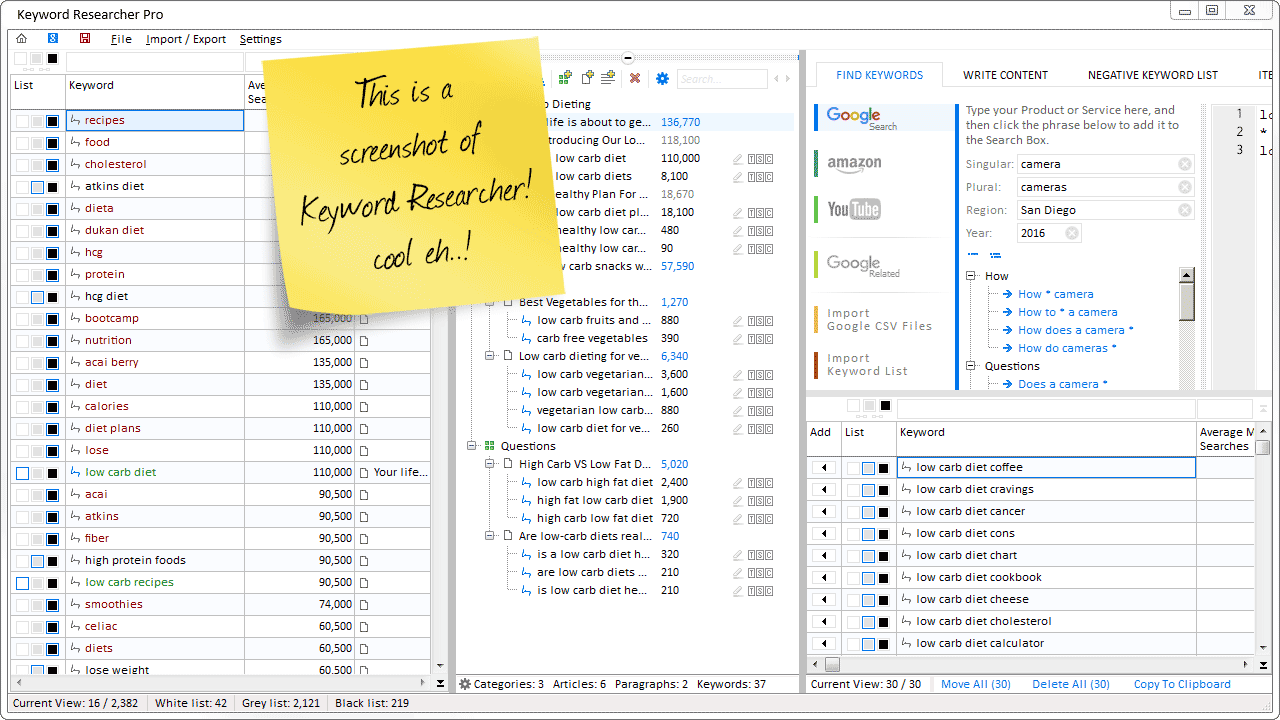
Organize Keywords and Import CSV Files from the Google Keyword Planner
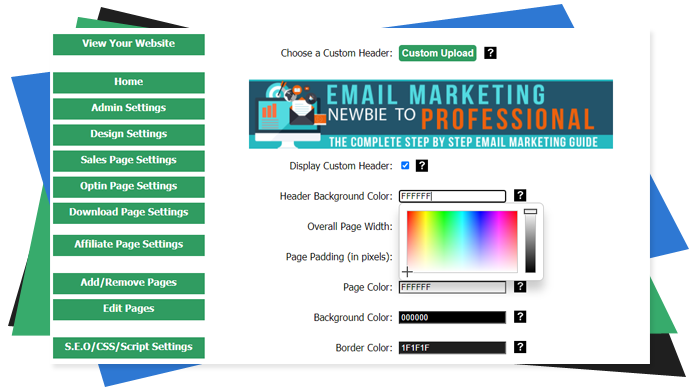
The Most Affordable And Easiest User Friendly Page Builder You Will Ever Use!

Instant WordPress Theme That Matches Your Website
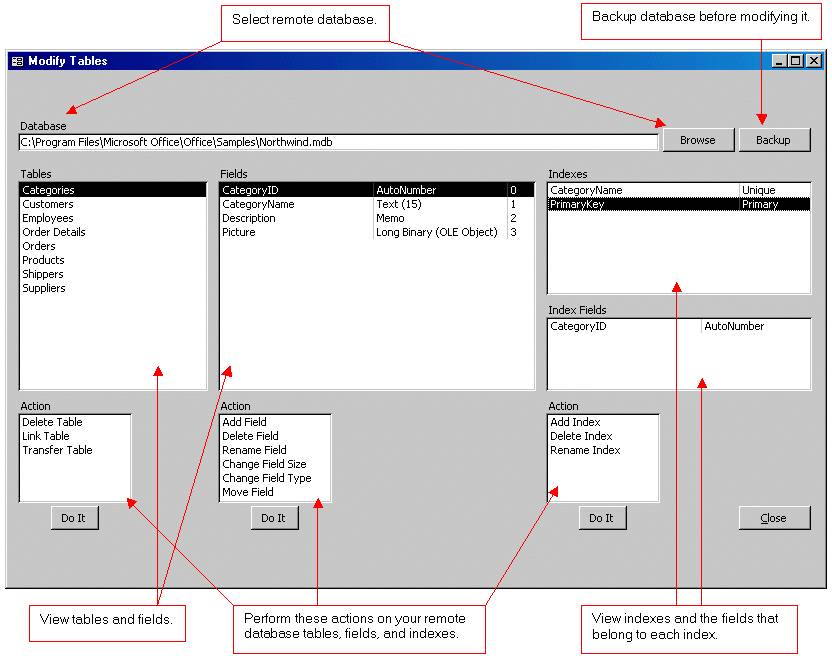
Wizard to Manage Remote Backend MS Access Database Tables Fields and Indexes

If you had an aisle-by-aisle grocery list wouldn't you spend less money on impulse items?
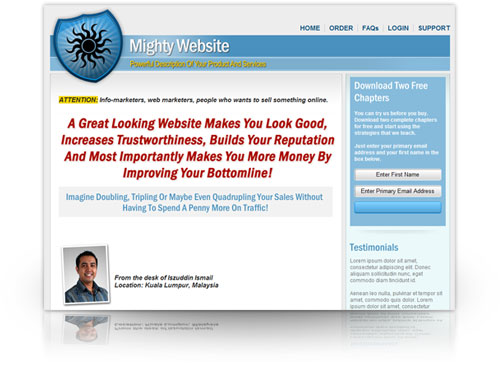
everything you need to create a professional corporate look mini-site is there.
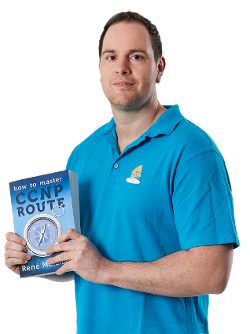
Unlock Your Networking Potential with GNS3Vault

Viper Cache Was 77% Faster Than The Competetion

Understanding Stock Market Shorting eBook
